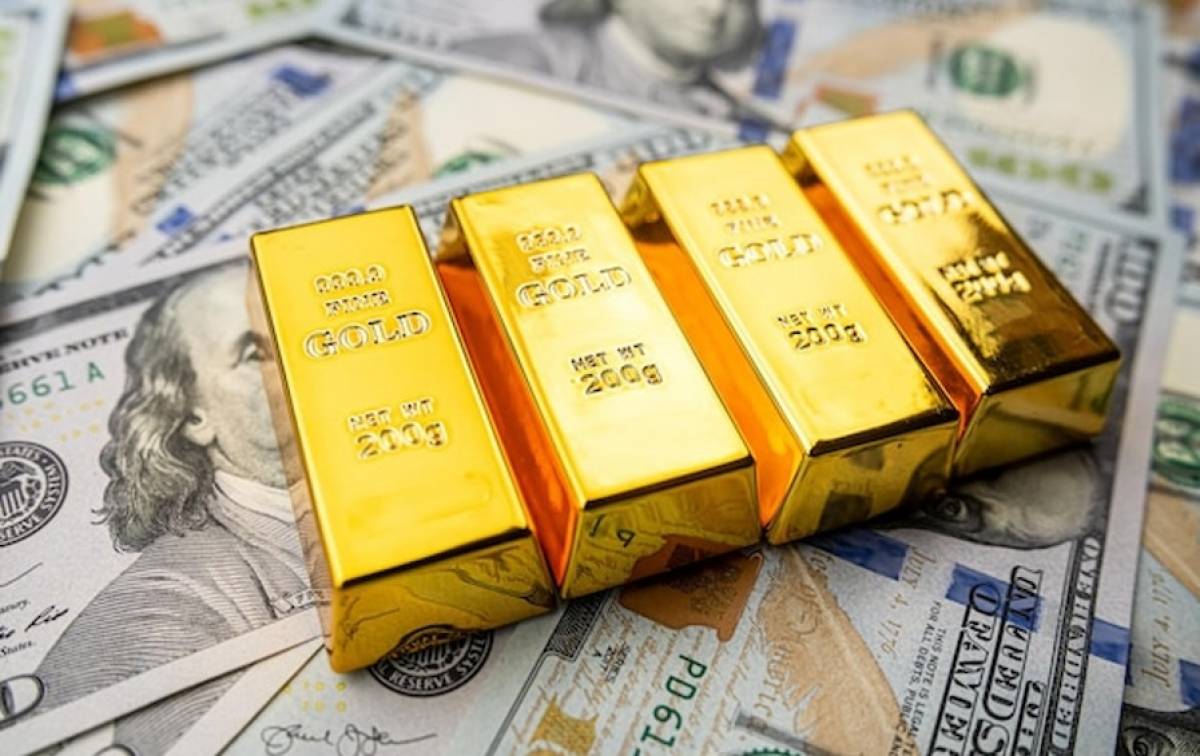Gold Investment Surge in Europe

Amid reports that gold investment jumped 18% to 4,741t in 2022, almost on par with 2011 when there was exceptional investment demand, search volume for “gold investment” has soared by 809% in Q3 2023.
As central banks seek to use gold as an inflation hedge — a measure of protection against purchasing power risk — individual consumers may consider doing the same in the form of coins or jewelery, as is particularly popular in China or the United States.
Seeking to analyze gold investment trends in European countries further, forex & CFD trading platform City Index utilized data from the World Gold Council to reveal which countries had the biggest increase in gold reserves in the last decade.
Gold Reserves & Gold Investment Demand Trends in Last Decade
Country
Last Year End 13
Last Year End 22
% increase 2013-2022
Hungary
3.08
94.49
2967.86%
Poland
102.92
228.67
122.18%
Ireland
6
12.04
100.67%
Czechia
10.85
11.96
10.23%
Greece
112.16
114.24
1.85%
France
2,435.38
2,436.75
0.06%
Portugal
382.48
382.57
0.02%
United Kingdom
310.25
310.29
0.01%
Figures for 2023.
1. The United Kingdom is among countries not bolstering their gold reserves
The study can reveal that despite having the fifth largest economy in the world, The United Kingdom has chosen to increase its gold reserves by a marginal amount (+0.01%).
Gold reserves in the UK have increased from 310.25 to 310.29 tonnes in the last decade, the tenth lowest rise in Europe. In comparison, Ireland — the country considered to be the most similar to the UK by several metrics — has seen the fourth-highest increase in gold reserves between 2013 and 2022, with a 100.67% rise.4
The UK's gold reserves have remained stable over the past since 2013 (+0.01%), with levels largely unchanged after Gordon Brown — then Chancellor of the Exchequer — sold 56% in 2002. This decision aimed to seek better investment returns in foreign currencies like the US Dollar and Euro, as gold's traditional safe haven status waned, despite its historical role as an inflation hedge.
Matt Weller, Head of Market Research at City Index, said:
"The surge in gold investment demand in some European countries signals a growing concern among investors regarding the inflationary pressures in the market, prompting individuals to seek a reliable measure of protection against purchasing power risk.
As central banks continue to use gold as an inflation hedge, it's not surprising to see individual investors following suit in the form of coins or jewellery, especially in countries such as India and China, where gold has long been considered a traditional store of value."

2. Hungary’s gold holdings have increased by almost 3000%
Gold reserves in Hungary averaged 3.08 tonnes from 2013 until 2017, before reaching an all-time high of 94.49 tonnes in 2021, the largest purchase by a Sovereign leader since Poland in 2019. This is an increase of 2967.86% from 2013, the largest rise in Europe, with Hungary now holding 89% more gold than the neighboring country of Czechia (11.96 tonnes).
Central banks often acquire gold as part of their strategy to diversify their reserves, a move aimed at spreading risk. Gold is primarily a safety net, serving as a reliable hedge against inflation in times of crisis or financial distress.
Hungary confronted the global crises of the 2020s while holding substantial gold reserves, and the subsequent upsurge in the international gold price post-2020 has further elevated the MNB's gold reserves.
Matt Weller adds:
“The MNB first decided to significantly increase the gold reserve in 2018, based on long-term national and economic strategic considerations. Hungary’s significant increase in gold holdings in the last decade is likely an attempt to diversify its foreign reserves, a move that is consistent with its broader strategic goals. This trend is part of a larger global shift in which countries are increasingly looking to reduce their reliance on the US dollar, and we expect this trend to continue as geopolitical tensions persist.”
3. Poland now holds 94% more gold than Czechia
Poland has had the second-largest increase in gold reserves in the last decade in Europe, increasing by 122.18% from 102.92 to 228.67 tonnes. This is 94% more than Czechia (11.96 tonnes) where gold reserves have increased by 10.23% in the same period.
In 2021, governor Adam Glapinski announced his intention for Poland to acquire an additional 100 tonnes of gold in the coming years, as part of an effort to reduce dependence on the U.S dollar.



















